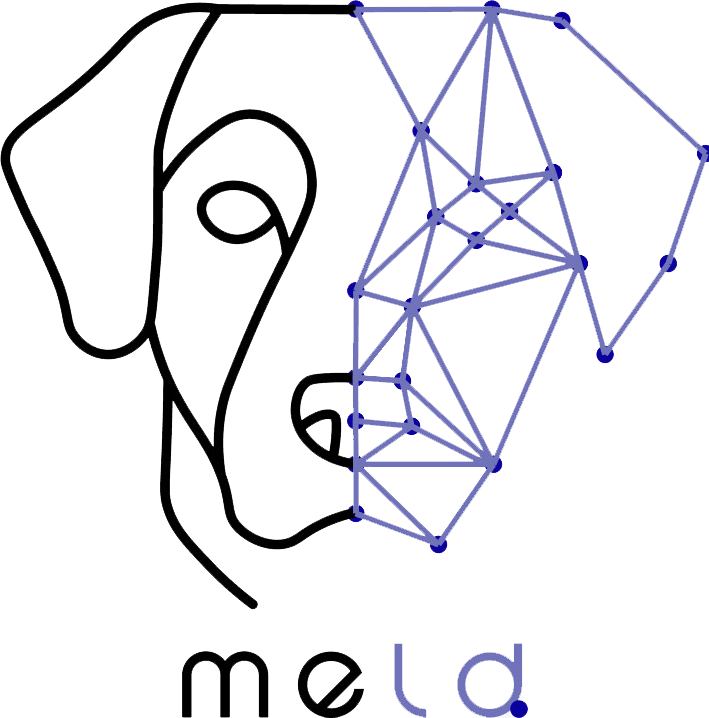This paper presents the first fully automated analysis of dog facial expressions in a real-life fear context, specifically during New Year’s Eve fireworks compared to a control evening. Utilizing a novel AI-pipeline and a geometric morphometrics-inspired approach, the study analyzed 36 facial landmarks from owner-provided videos of a morphologically diverse sample of pet dogs in their home environment. The analysis revealed that backwards-drawn ears, indicated by ear base landmarks, were the most significant differentiator between the fireworks and control conditions, consistent with previous manual coding. Additionally, more mouth-opening, potentially reflecting panting, was associated with the firework condition. This pioneering work demonstrates that automated analysis of dog facial expressions is feasible even in challenging, noisy “in the wild” datasets, paving the way for objective, large-scale emotion detection to improve animal welfare assessment in clinical and behavioral settings.
Non-Invasive Computer Vision-Based Fruit Fly Larvae Differentiation: Ceratitis capitata and Bactrocera zonata
This paper proposes a novel, non-invasive method using computer vision

